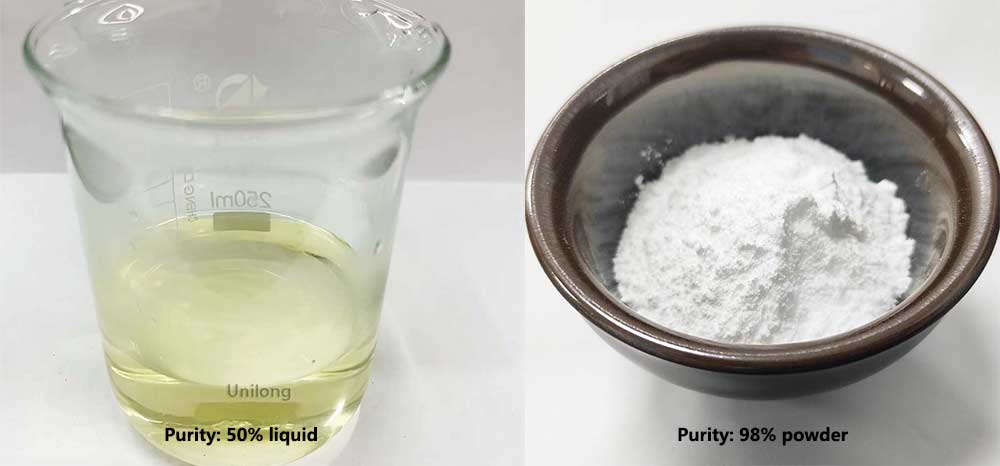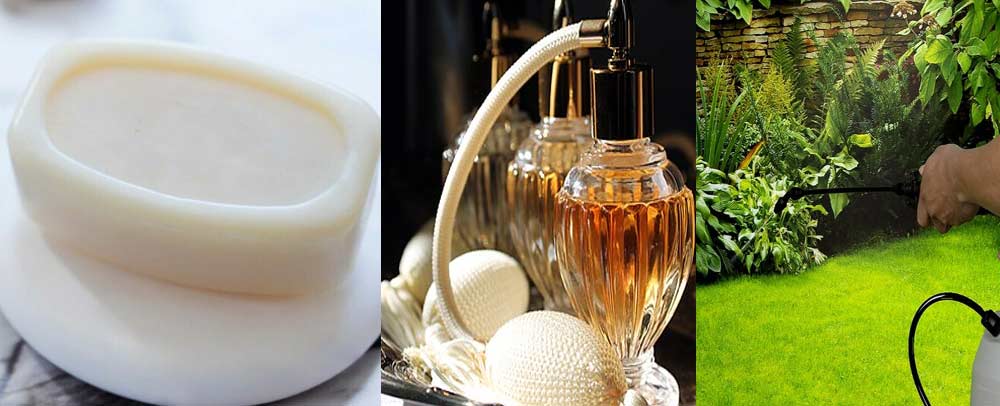Glyoxylic acid is an important organic compound with both aldehyde and carboxyl groups, and is widely used in the fields of chemical engineering, medicine, and fragrances. Glyoxylic acid CAS 298-12-4 is a white crystal with a pungent odor. In industry, it mostly exists in the form of aqueous solutions (colorless or pale yellow liquid). The melting point of the anhydrous form is 98℃, and that of the hemihydrate is 70-75℃.
Pharmaceutical field: Core intermediates
Preparation of skin medications: Glyoxylic acid has the functions of promoting cell repair and accelerating wound healing, and is widely used in burn ointments, oral ulcer medications, skin care products, etc.
Synthetic amino acid derivatives: Glyoxylic acid is used to produce derivatives of amino acids such as phenylalanine and serine, which are important components in biopharmaceuticals and nutritional supplements.
Fragrance industry: Commonly used synthetic fragrances
Vanillin: Glyoxylic acid and guaiacol undergo condensation, oxidation and other reactions to produce vanillin. Vanillin is one of the most widely used synthetic fragrances in the world and is used to enhance the flavor of food (cakes, beverages), cosmetics and tobacco.
Glyoxylic acid can react with catechol to synthesize glyoxylic acid, which has a sweet and fragrant smell and is used for perfuming perfumes, soaps and candies. It is an important component of floral fragrances.
Other spices: glyoxylic acid can also be used to synthesize raspberry ketone (fruity aroma type), coumarin (vanilla aroma type), etc., enriching the types and flavors of spices.
In the field of pesticides: Producing highly efficient pesticides
Herbicides: Involved in the synthesis of glyphosate (a broad-spectrum herbicide), glyphosate can effectively kill weeds and is widely used in agriculture, horticulture and other fields.
Insecticide: Glyoxylic acid is used to prepare quintiaphosphate (organophosphorus insecticide), which has a good control effect on pests of crops such as rice and cotton (such as aphids), and is low in toxicity and residue.
Fungicides: Glyoxylic acid is used as an intermediate to synthesize certain heterocyclic fungicides for the control of fungal diseases in crops.
The field of chemical engineering and materials
Water purifying agent: Reacts with phosphorous acid and other substances to form hydroxyphosphonocarboxylic acid. This substance is a highly efficient scale and corrosion inhibitor, used in the treatment of industrial circulating water and boiler water to prevent pipeline scaling.
Electroplating additive: Glyoxylic acid. In the electroplating process, glyoxylic acid can improve the uniformity and gloss of the coating and is often used in the electroplating of metals such as copper and nickel.
Polymer materials: Glyoxylic acid is used as a crosslinking agent in the synthesis of resins and coatings, enhancing the weather resistance and stability of the materials. It can also be used to prepare biodegradable polymers (biodegradable materials) in response to environmental protection demands.
Other niche uses
Organic synthesis research: Due to the characteristics of bifunctional groups, it is often used as a model compound for the study of organic reaction mechanisms, such as the experimental verification of condensation reactions and cyclization reactions.
Food additives: In some countries, their derivatives (such as calcium glyalate) are permitted to be used as food fortifiers to supplement calcium (subject to strict compliance with food safety standards).
In conclusion, glyoxylic acid, with its unique structure and reactivity, has become a “bridge” connecting basic chemicals and high-end fine chemicals, playing an irreplaceable role in ensuring medical health, improving the quality of life (spices, skin care products), and promoting agricultural production.
Post time: Jul-09-2025




